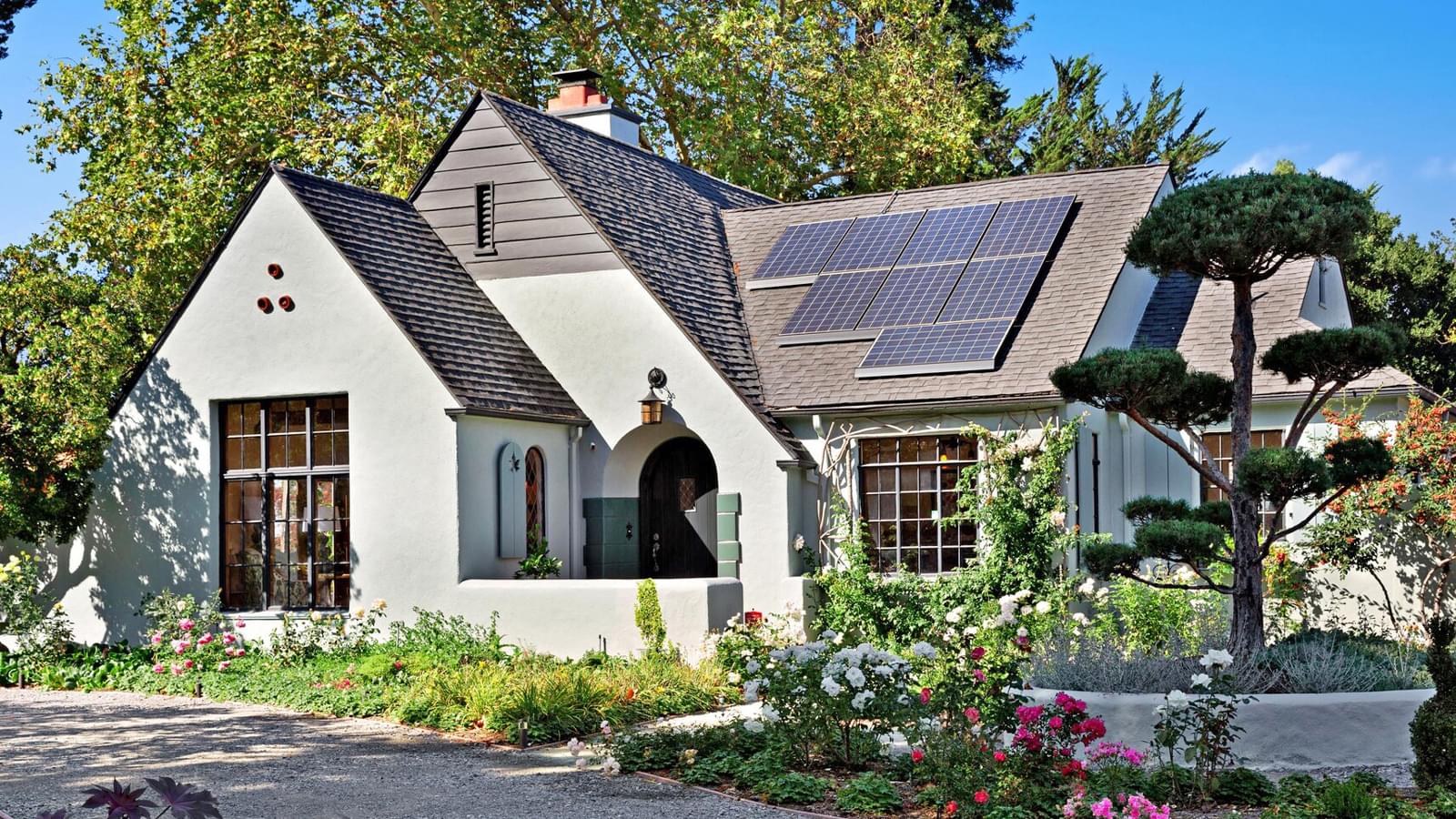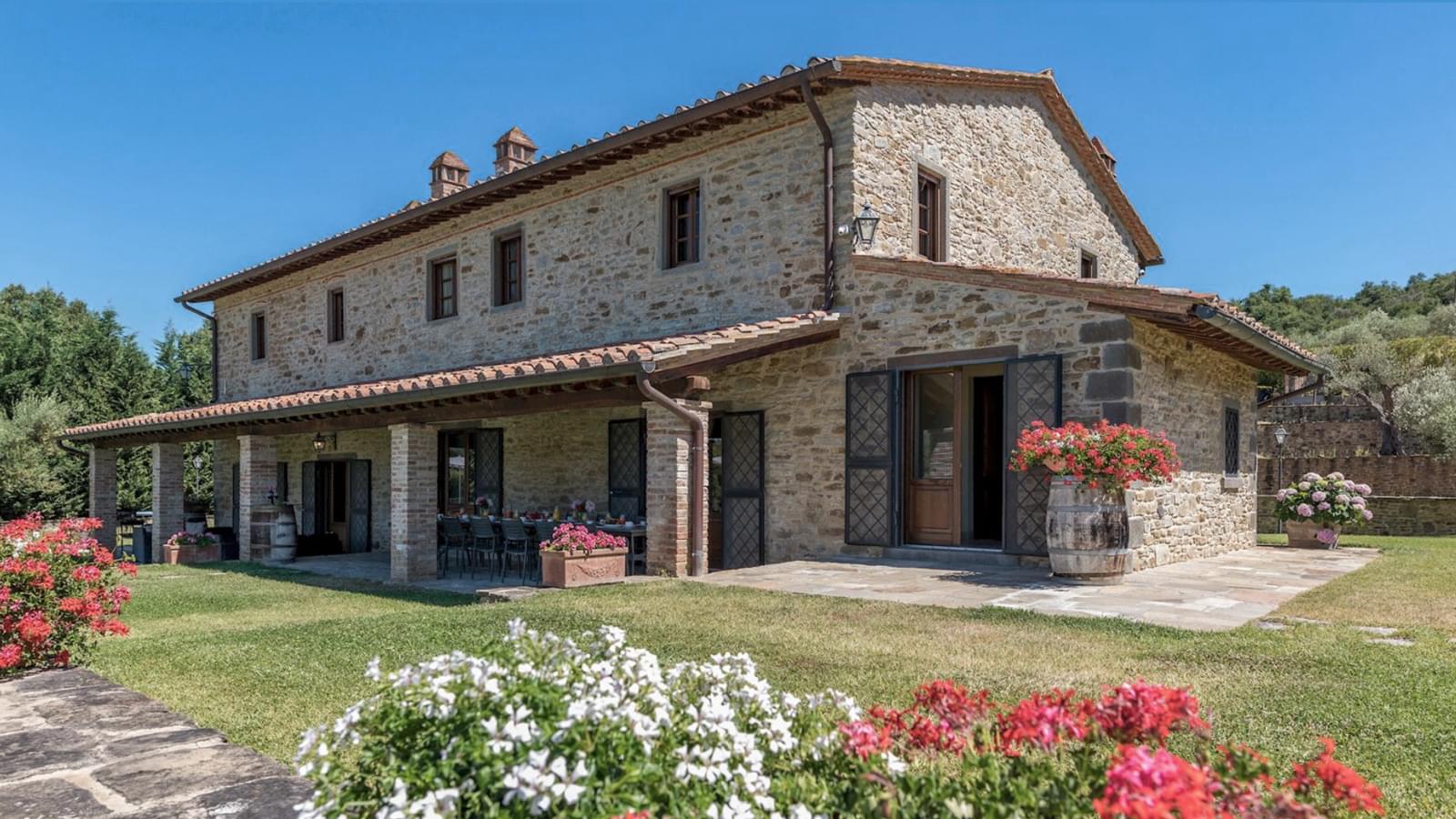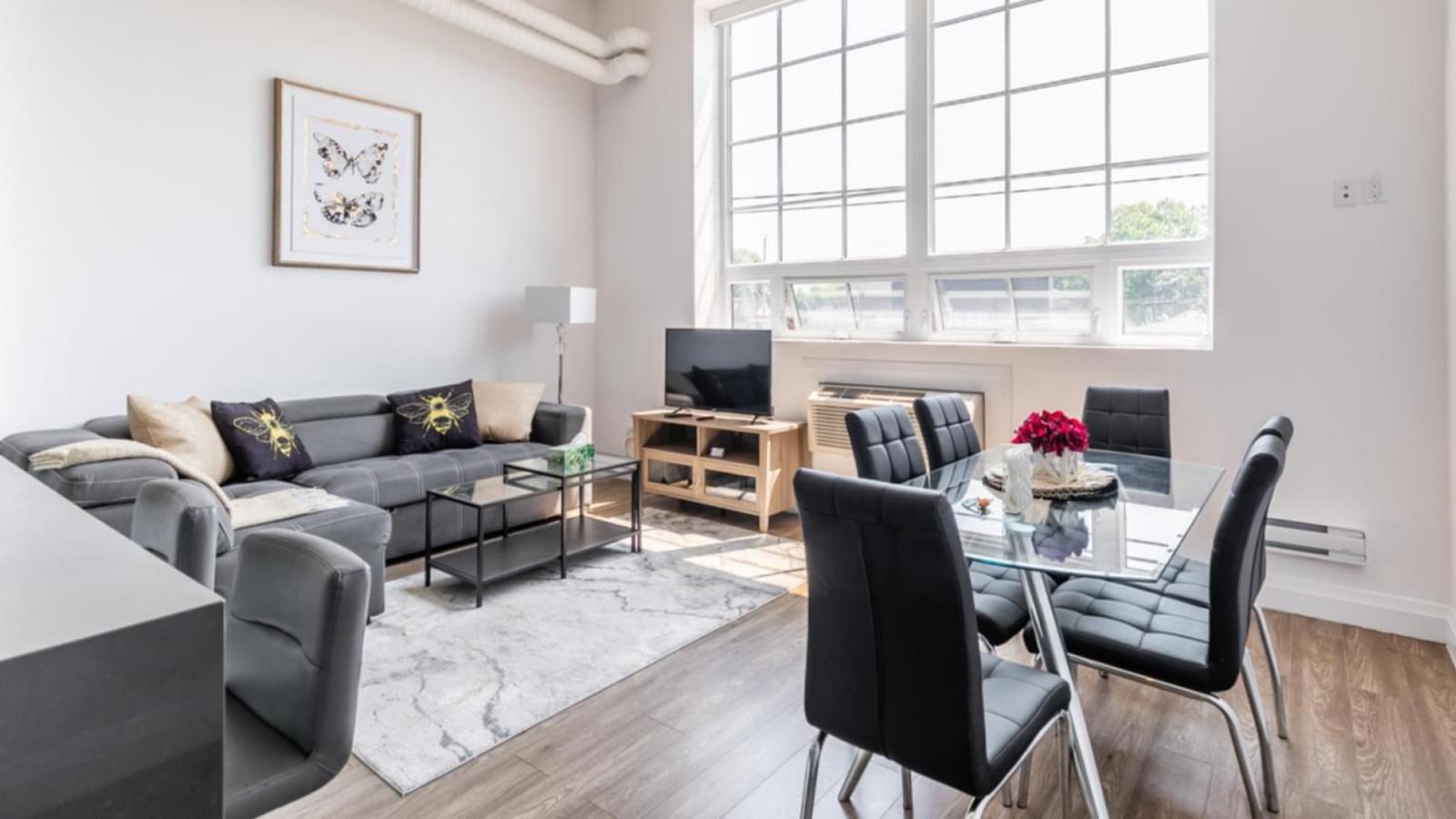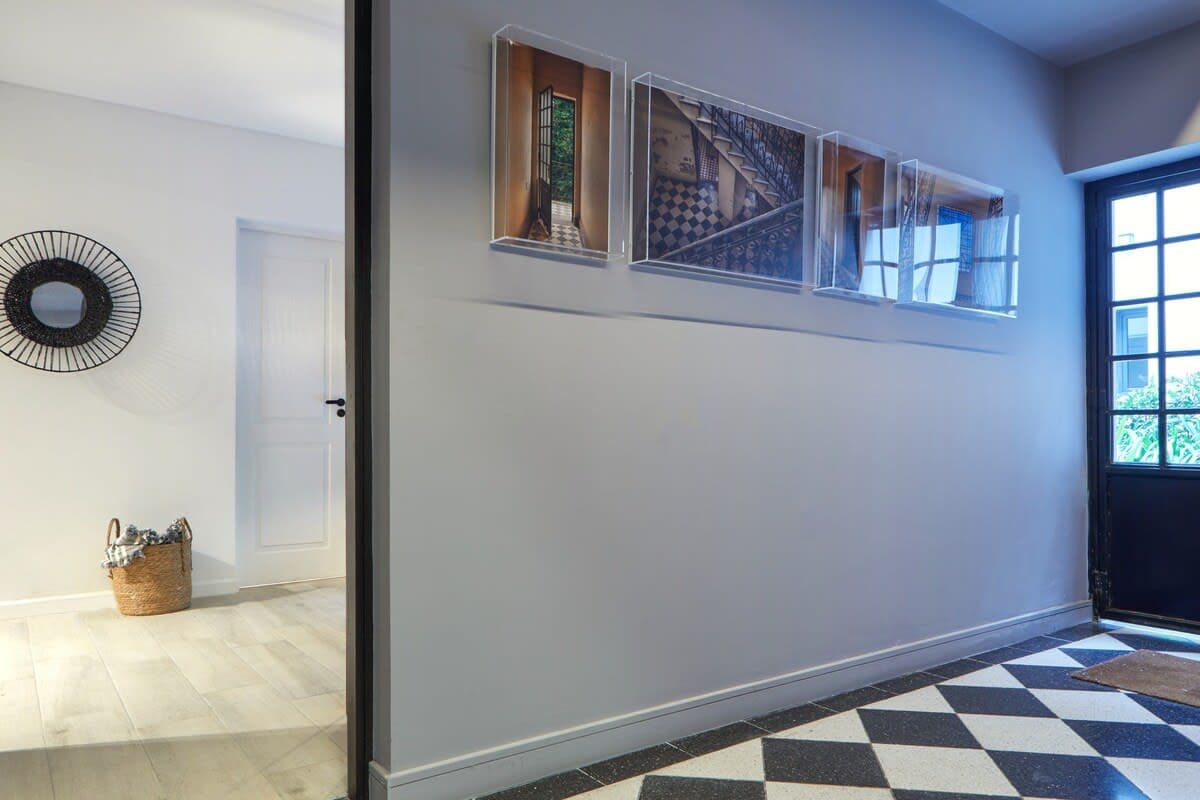Buenos Aires Vacation Rentals
Explore 37 rental homes and villas in Buenos Aires for your next vacation or business travel. With private vacation home rentals, enjoy a more personalized stay and a wide range of amenities such as Air Condition Homes, Best Affordable Homes and Family-Friendly Homes. With a wide range of homes to offer, pricing can start as low as $42 per night with homes containing as many as 2 bedrooms and 2 bathrooms. However you're looking to experience your stay, Homes and Villas by Marriott has your next vacation home waiting.
Types of vacation rentals in Buenos Aires
Where to stay in Buenos Aires
Booking a vacation rental in Buenos Aires?
Here are some things to know to support your visit:
Buenos Aires Overview
Immerse yourself in the captivating allure of Buenos Aires, Argentina, a city that seamlessly weaves the elegance of European heritage with the exuberance of Latin American spirit. This cosmopolitan metropolis invites you to explore its iconic attractions and hidden gems, all while enjoying the comfort and privacy of a rented home, complete with amenities tailored to your preferences, including pet-friendly options and, for those warm Argentinian days, homes with inviting swimming pools.
Begin your adventure at the majestic Teatro Colon, an architectural marvel and one of the most prestigious opera houses on the globe. Wander through the colorful streets of La Boca, where the kaleidoscopic facades of Caminito offer a feast for the eyes and a backdrop for vibrant cultural expressions. Pay homage to Argentina's storied past at the Recoleta Cemetery, an open-air museum of ornate mausoleums and statues that tell tales of the nation's rich history.
Experience the soul of Buenos Aires through its tango culture; let the rhythm move you in traditional milongas where dancers entwine with passion, or join the fervor of the Buenos Aires Tango Festival, a gathering that unites aficionados from across the world in a celebration of this sensual dance.
Delve into the city's artistic and political legacy with visits to the Museo Nacional de Bellas Artes, showcasing an impressive array of Argentine and international masterpieces, and the iconic Casa Rosada, the presidential palace that doubles as a repository of political history.
Indulge in the culinary delights of Buenos Aires, where the sizzle of Argentine beef at a local parrilla is matched only by the creamy indulgence of artisanal helado, a testament to the city's Italian influences.
For those seeking tranquility, the Reserva Ecologica Costanera Sur offers a serene escape with its lush wetlands and wildlife, nestled along the Rio de la Plata waterfront. This natural oasis provides a perfect counterpoint to the urban vibrancy, with trails that invite you to reconnect with nature.
Fashionistas and treasure hunters alike will revel in the boutique-lined streets of Palermo Soho and the historic San Telmo Market, where antiques and handcrafted souvenirs await your discovery.
Buenos Aires is not just a destination; it's an experience that caters to every passion and pursuit. Whether you're a history enthusiast, a culinary connoisseur, or a devotee of the arts, this city will enchant you with its myriad offerings, all while you relish the luxury and intimacy of your private home away from home.
Cultural Attractions in Buenos Aires
Buenos Aires, Argentina, is a captivating destination known for its rich cultural offerings. This city is a haven for those interested in arts, history, and local customs due to its vibrant arts scene and unique traditions.
Art lovers will find the Museo Nacional de Bellas Artes fascinating as it houses an extensive collection of Argentine and international art. The MALBA (Museum of Latin American Art of Buenos Aires) is another must-visit spot for enthusiasts of contemporary art as it showcases modern works from across Latin America.
For those interested in history, the city's past can be explored at the Cabildo, a colonial town hall turned museum. The Recoleta Cemetery is also worth visiting as it serves not only as the final resting place of notable figures like Eva Perón but also displays remarkable funerary art.
The city's live music scene, particularly its tango music and dance culture, is renowned worldwide. Visitors can enjoy live performances at various venues throughout the city or even learn tango themselves. The Teatro Colón, one of the world's top opera houses known for its exceptional acoustics and stunning architecture, regularly hosts concerts and ballet performances.
Experiencing local customs in Buenos Aires' colorful neighborhoods or 'barrios' such as San Telmo and La Boca is a unique experience. San Telmo's Sunday market offers antiques shopping while enjoying street performers whereas La Boca neighborhood provides a vibrant display of brightly painted buildings with impromptu tango dancing on Caminito Street.
The city also has numerous galleries featuring both local and international artists with gallery nights being popular events where multiple galleries open their doors to the public for an evening dedicated to art appreciation.
Buenos Aires is quite pedestrian-friendly with wide boulevards and numerous parks providing respite from urban hustle-bustle. However, taxis or public transportation such as buses and subway system are often used by visitors to cover larger distances or when time is limited.
In summary, Buenos Aires provides a rich cultural experience catering to a wide range of interests, making it an ideal destination for those who appreciate arts, history, and local customs.
Family friendly activities in Buenos Aires
Buenos Aires, Argentina, is a bustling urban city with some opportunities for outdoor activities. The city does have parks and green spaces where children can play, though it may not be as abundant in nature as some other cities. The Buenos Aires Botanical Garden is one such place to visit, although it might not be as extensive or noteworthy as some might expect.
The Buenos Aires Zoo is another attraction that could interest those who enjoy animals. However, its collection of animals from around the world may not be as diverse as suggested.
For young visitors interested in learning through play, the Children's Museum offers an interactive space. While it provides various exhibits like a TV studio and different professions to explore, the notion of piloting a spaceship might be slightly overstated.
The Planetarium Galileo Galilei is another educational spot where children can learn about astronomy through exhibits and shows. However, its offerings may not be quite as expansive or immersive as portrayed.
While football is indeed popular in Argentina and attending a live match could be an exciting experience for some children, it's important to note that this may not appeal to all young visitors.
Lastly, Buenos Aires does have restaurants and cafes that are kid-friendly where local dishes like empanadas or dulce de leche pancakes can be sampled. However, compared to other major cities, Buenos Aires may not stand out for its abundance of these establishments.
In summary, while Buenos Aires has several attractions that could appeal to children and families, it might not offer quite the child-centric experience suggested by the original description. The mentioned attractions do exist but their depictions might have been slightly embellished.
Outdoor activities in Buenos Aires
Buenos Aires, Argentina, is a city that offers a variety of outdoor activities for those who love to connect with nature. The city itself is home to numerous parks and green spaces, such as the Reserva Ecológica Costanera Sur. This large ecological reserve is perfect for bird-watching, walking or cycling.
For water activities, the Tigre Delta located north of Buenos Aires is a must-visit. Although not a natural ecosystem but an artificial one developed for tourism, it offers opportunities for boating and kayaking. You can also explore the local markets and enjoy traditional Argentine cuisine.
While Buenos Aires does not have direct access to major natural landmarks like Parque Nacional Los Glaciares, the Andes Mountains or Iguazu Falls due to their considerable distance from the city, it still provides countless ways to connect with nature and enjoy outdoor activities within its vicinity. Whether you prefer exploring city parks or venturing into landscapes nearby, this vibrant Argentine city has something to offer every nature lover.
Weather in Buenos Aires
Buenos Aires, Argentina, is characterized by a humid subtropical climate rather than four distinct seasons. The city's weather conditions can vary greatly throughout the year.
During the summer months, from December to February, Buenos Aires experiences hot and humid conditions with average high temperatures around 80 degrees Fahrenheit. While thunderstorms and heavy rainfall do occur, they are not as frequent as one might expect. Despite the heat, the city's outdoor cafes and parks remain popular spots for both locals and tourists.
Autumn in Buenos Aires spans from March to May. During this time, temperatures cool down to a range of mid-60s to low 70s Fahrenheit. The city's parks and gardens become particularly picturesque with beautiful fall foliage.
Winter in Buenos Aires, which runs from June to August, is relatively mild compared to other locations. Average high temperatures during this season are typically in the low 60s Fahrenheit with less frequent rainfall.
Springtime occurs from September to November and is known for its pleasant weather conditions. Temperatures range from the upper 60s to low 70s Fahrenheit with fewer rainy days compared to other seasons. However, it should be noted that late spring sees more common occurrences of thunderstorms than summer.
While spring and fall tend to be popular times for visitors due to moderate temperatures and less common rainfall, Buenos Aires offers unique experiences throughout all times of the year.
Transportation in Buenos Aires
Buenos Aires, Argentina, is a city that boasts a comprehensive network of transportation options. The primary point of entry for most visitors is Ministro Pistarini International Airport, also known as Ezeiza Airport. Upon arrival, travelers can easily access taxis and private shuttles to reach their desired destinations in the city. Buenos Aires also operates a domestic airport, Aeroparque Jorge Newbery, which caters to flights from within Argentina and some neighboring countries.
Once in the city, visitors will find it straightforward to navigate due to its extensive public transportation system. This includes buses and the Subte - South America's oldest underground metro system. Taxis are abundant and reasonably priced compared to other major cities worldwide.
For those who enjoy driving themselves around, car rentals are available but not highly recommended due to heavy traffic congestion and potential difficulties in finding parking spaces in certain areas of the city. Alternatively, Buenos Aires has been expanding its number of bike lanes and provides a free bike rental program named Ecobici for those who prefer cycling.
Buenos Aires is also known for being pedestrian-friendly in many parts of the city. Neighborhoods such as Palermo, Recoleta, and San Telmo offer numerous attractions that are conveniently located within walking distance from each other. However, considering the size of Buenos Aires and the distances between some attractions or neighborhoods, utilizing public transport or taxis may be necessary at times.
In summary, whether arriving by air or choosing to explore the city by bus or taxi or even on foot or bike once there, Buenos Aires provides an array of options that cater to every visitor's needs.









